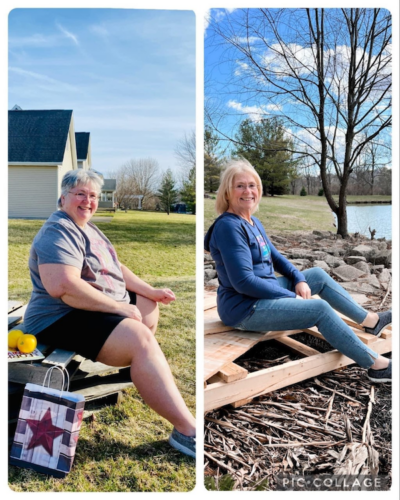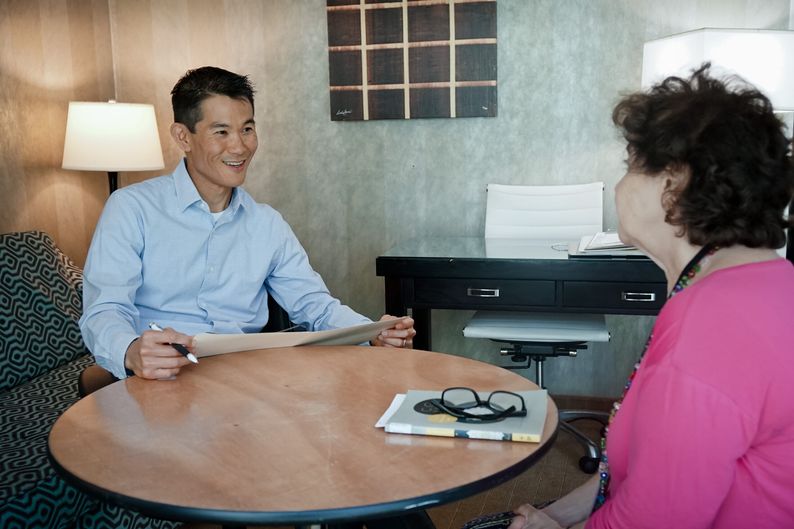Stinker: Overweight, Cholesterol
 Hi! My friends call me Stinker. I stand 4′ 9″, have tiny blood vessels, am almost 48, have never been a smoker or drinker, and have learned that for best results, McDougalling has to be done RIGHT!
Hi! My friends call me Stinker. I stand 4′ 9″, have tiny blood vessels, am almost 48, have never been a smoker or drinker, and have learned that for best results, McDougalling has to be done RIGHT!
I grew up in the rural South on a Standard American Diet (SAD). However, I probably ate more vegetables than the average American since Daddy raised a garden every year. Also, I had what Mama called “growing pains” and suffered from a stopped-up nose quite often.
Throughout grade school, my weight was normal for my height, but I was always the shortest one in my class. At 13, in an effort to grow to a “normal” height, I ate more, but became fat instead. By the summer of my 15th birthday, I was a little taller and still chubby.
I wanted to lose weight!
That summer, I saw a chart listing the nutritional content of every food imaginable, prepared in different ways. I noticed things that, UNBEKNOWN to me then, are PART of McDougalling — fried foods have more calories than the same foods baked, boiled or steamed; butter, margarine, oil, and sugar add many unnecessary calories; and best of all, vegetables are VERY LOW in calories and HIGH in nutrition.
Out of desperation to lose weight, I used this chart to devise a diet.
It was a light version of the SAD with far less fried foods, soda pop, candy, and desserts. I used cereal instead of bacon and eggs, skim milk instead of whole, and leaner meats. I ate a normal amount of bread and potatoes, but without butter or margarine. However, the main “trick” was filling up on lots of vegetables (not seasoned with fat, meat, butter, or margarine) and salads (without salad dressing). I also ate raw fruit for snacks and drank lots of water and a little un-sweetened iced tea. In addition, I began dancing and exercising to the latest pop-rock tunes, everyday.
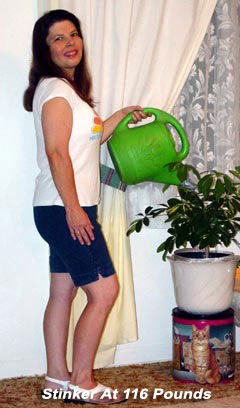 After a month, I lost 10 pounds. Returning to a normal SAD made me regain fat, so I continued my diet “tricks”, off and on. In my early 20s, I began experimenting with lacto-ova vegetarianism and using part-whole-grain breads. Also, my “growing pains” and sinus problems continued.
After a month, I lost 10 pounds. Returning to a normal SAD made me regain fat, so I continued my diet “tricks”, off and on. In my early 20s, I began experimenting with lacto-ova vegetarianism and using part-whole-grain breads. Also, my “growing pains” and sinus problems continued.
After getting married, I compromised my diet “tricks” by eating too much of my husband’s favorite food — “Southern Fried Everything”. I began gaining weight. During my mid-to-late-30s, my weight exploded to 147 pounds, which is borderline obese for my height.
Around this time, I learned that short women with small blood vessels have an increased risk of developing angina. So, to decrease my risk, I went on a fat-free SAD. It contained lots of vegetables and fruit, both simple and complex carbohydrates, fat-free dairy products, a few egg whites, and not much meat. I increased my yard and garden work for exercise. I lost no weight, but my total cholesterol fell from 199 to 160 and my HDL rose a few points up to 35.
Also during this time, my joints, especially my knees, ached severely at night. I usually avoided doctors, but because these pains continued, I came very close to making an appointment with one. Also, my bouts of sinusitis became worse. Since I disliked taking medicines, I used only aspirin and over-the-counter antihistamines just when absolutely necessary.
Then, I purchased one of Dr. John McDougall’s books, which recommends an extremely low fat, strict vegetarian (no meat, poultry, fish, seafood, dairy, or eggs) diet that is high in complex carbohydrates, provides adequate but not excessive protein, and has no added fats or oils. I loosely followed his plan and eliminated dairy products. In a few days, my joint and sinus problems eased. I greatly cut back on aspirin and antihistamine usage.
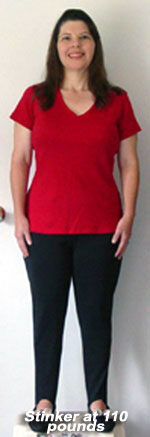 However, several years of McDougalling 80% of the time resulted in no permanent weight loss. But, I remembered reading that some people need to follow the Maximum Weight Loss Plan (MWL) to lose weight. MWL is similar to the regular plan, but differs by replacing foods made from flour, even 100% whole-grain flour, with whole grains cooked whole; by limiting fruit to two raw pieces a day; and by not allowing foods high in naturally occurring fat. So, I tried a combo of the regular and MWL plans with 10% SAD (mostly on holidays and special occasions) and lost 17 pounds. Then I eased off of MWL and gained back a few pounds. I continued regular McDougalling 90% of the time and stayed at around 132 pounds.
However, several years of McDougalling 80% of the time resulted in no permanent weight loss. But, I remembered reading that some people need to follow the Maximum Weight Loss Plan (MWL) to lose weight. MWL is similar to the regular plan, but differs by replacing foods made from flour, even 100% whole-grain flour, with whole grains cooked whole; by limiting fruit to two raw pieces a day; and by not allowing foods high in naturally occurring fat. So, I tried a combo of the regular and MWL plans with 10% SAD (mostly on holidays and special occasions) and lost 17 pounds. Then I eased off of MWL and gained back a few pounds. I continued regular McDougalling 90% of the time and stayed at around 132 pounds.
The fall of 2002, I began a mostly MWL and part regular plan with NO SAD food. Yet, I never went hungry or felt deprived! In addition to my regular yard and garden chores, I began walking for a half-hour a few times a week. At first, I lost two pounds a week, but this rate gradually decreased to less than a half-pound a week. Now, if I stop MWLing, I gain back a few pounds.
On May 16, 2003, I weighed 116 pounds! I still need to lose a little more cellulite, but with my height and bone structure, I will always be a “little broad”.
My last blood test revealed: Total Cholesterol – 145; HDL – 46; Triglycerides – 158 (down from 199 a few years ago); Iron, Blood Sugar, Thyroid, etc. – all good! Also, my blood pressure has fallen a little to 124/74 and lower!
My “angina fear” is gone and, for the most part, my health is excellent.
My husband is proud of my success and admits that McDougalling is a healthy way to lose weight and prevent diseases. His consumption of “Southern Fried Everything” has greatly decreased and he has grown to tolerate some of my whole-grain, no-added-fat, “vegitan” cooking.
Comments:
I began windsurfing in Hawaii in the early 1980s, but I never really accomplished one of the essential and basic skills – turning around to go in the opposite direction – a maneuver known as a jibe. In Hawaii I had a 3 mile-long bay (Kailua Bay) to sail on, so my inability to jibe was only a small inconvenience – at the end of the bay I would simply fall into the water, turn my board around, get up (a water start), and sail back in the other direction. I took some lessons, but they didn’t help. Over all it was “no big deal” – but I wasn’t enjoying my sport (life) like I should – because I was complacent and lazy.
I gave up windsurfing for 13 years after moving to California – the water looked too cold and dirty. Fortunately, three years ago I discovered that a wet suit made the California Ocean feel just as warm as the Hawaiian Ocean, and I started back windsurfing with a passion. But this time my sailing site (Bodega Bay) was only half to ¾ of a mile long (depending on the tide) – so I had to turn around very often. The inconvenience was serious and, I became determined to learn how to jibe – and spend less time in the water and more time sailing.
Well, I want you to know that after a little over two years of trying several times a week and still failing to complete a turn, I finally made my first one last year. The next time out I made two jibes successfully, and the next time I was even better. Now I am making over half of my turns – they are not pretty, but I am dry and sailing. The next time the wind blows I will be back on the Bay and I will be even better. I’m 56 years old and plan to do this sport with a passion as long as I am physically able. I will never be wonderful – but I don’t consider perfection my goal.
My lessons from my windsurfing struggles are the same ones Stinker’s learned form her struggle with her health:
1) Until the problems become sufficiently inconvenient, we’re not going to change.
2) No matter how long or how often we have failed, it is never too late to start winning.
3) Even during those slow times when we seem to notice no progress, progress is being made.
4) We are never too old to improve.
5) Every attempt results in us doing better, and that’s what keeps us trying.
6) The goal is not perfection. The goal is to improve and have a better life.
7) A meaningful life is filled with challenges to be met.
Recommended Articles
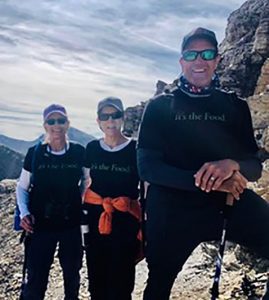
The Four of Us Agree: “It’s the Food®”
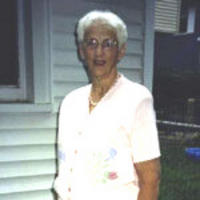
Joyce Shank: Cures Obesity, Arthritis
